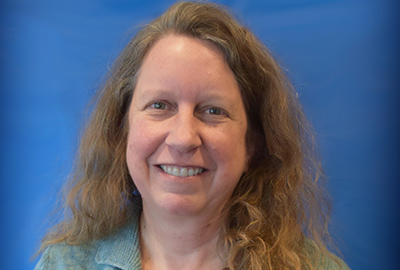Please note: We strongly recommend purchasing tickets online in advance during the heat wave, as our ticket booth is located outdoors.
Larger females have more calves: influence of maternal body length on fecundity in North Atlantic right whales
By Joshua D. Stewart, John W. Durban, Hollis Europe, Holly Fearnbach, Philip K. Hamilton, Amy R. Knowlton, Morgan S. Lynn, Carolyn A. Miller, Wayne L. Perryman, Brandon W. H. Tao, Michael J. Moore
Originally published in Marine Ecology Progress Series in May 2022

Abstract
North Atlantic right whales (NARW) are critically endangered and have been declining in abundance since 2011. In the past decade, human-caused mortalities from vessel strikes and entanglements have been increasing, while birth rates in the population are at a 40 yr low. In addition to declining abundance, recent studies have shown that NARW length-at-age is decreasing due to the energetic impacts of sub-lethal entanglements, and that the body condition of the population is poorer than closely related southern right whales. We examined whether shorter body lengths are associated with reduced fecundity in female NARW. We compared age-corrected, modeled metrics of body length with 3 metrics of fecundity: age at first reproduction, average inter-birth interval, and the number of calves produced per potential reproductive year. We found that body length is significantly related to birth interval and calves produced per reproductive year, but not age at first reproduction. Larger whales had shorter inter-birth intervals and produced more calves per potential reproductive year. Larger whales also had higher lifetime calf production, but this was a result of larger whales having longer potential reproductive spans, as body lengths have generally been declining over the past 40 yr. Declining body sizes are a potential contributor to low birth rates over the past decade. Efforts to reduce entanglements and vessel strikes could help maintain population viability by increasing fecundity and improving resiliency of the population to other anthropogenic and climate impacts.
Full Text



